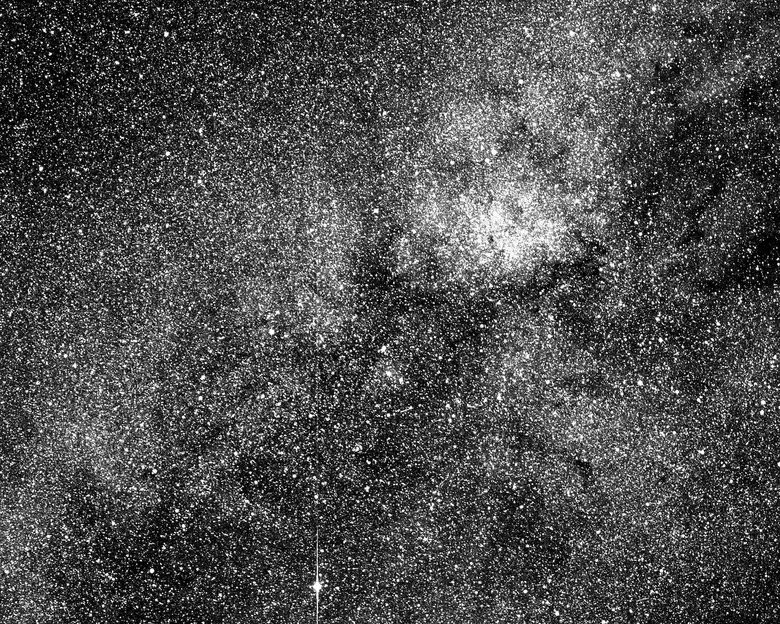NASA's TESS Planet-Hunter Sent Back This Stunning Image
NASA has released the first incredible photo from its TESS planet-hunter, with the new satellite beaming back a stunning image of more than 200,000 stars. TESS, or the Transiting Exoplanet Survey Satellite, is at the start of an unusual elliptical orbit that will see it capture enormous images of space in the search for potentially habitable exoplanets.
It'll do that with four wide-field cameras, all working in collaboration. Together, they allow TESS a field of view that encompasses 85-percent of the entire sky; that's been split into 26 sectors, that the satellite will work its way through. Over a two year mission, it'll first observe and map the 13 sectors that comprise the southern sky, followed by the remaining 13 sectors of the northern sky in year two.
To do that, it needs to establish a fairly atypical orbit. After launching from Cape Canaveral Air Force Station in Florida on April 18, TESS took advantage of the Moon's gravity on May 17 to edge closer to its final working orbit. Having passed around 5,000 miles from the Moon, it will then use a final thruster burn to establish a highly elliptical orbit that has been designed to maximize the amount of sky that can be imaged.
That's not expected to happen until mid-June, but the NASA engineers in charge of the mission haven't waited to get the cameras up and running. A test image captured by just one of TESS' four cameras has been beamed back, showing a section of the southern sky along the plane of our galaxy. It centers on the constellation Centaurus, with the edge of the Coalsack Nebula in the upper right corner, while Beta Centauri is in the lower left edge.

Although incredible, this initial shot is only a fraction of what TESS will eventually be capturing. In fact, with all four cameras active, more than 400 times as much sky will be recorded. The hope is that NASA will be able to identify transits, where a star's brightness periodically dips as a planet passes in front.
TESS' role in the exoplanet search is just the first step. NASA says it expects the satellite to spot thousands of exoplanets; it'll be up to the James Webb Space Telescope to do follow-up investigations of the most promising candidates TESS identifies. That instrument isn't due to launch until 2020, however, but will be precise enough to allow scientists to judge the atmospheres of the distant worlds.
The hope is that at least some of them will prove potentially conducive to life. We're still a long way from being able to send missions out, but techniques like spectroscopy will allow researchers to use the absorption and emission of light to calculate planetary mass, density, and atmospheric conditions.
